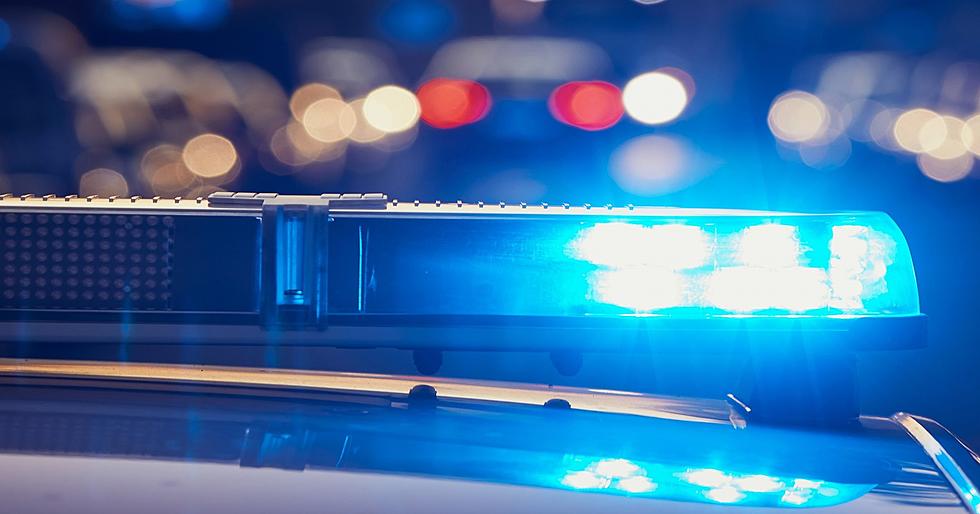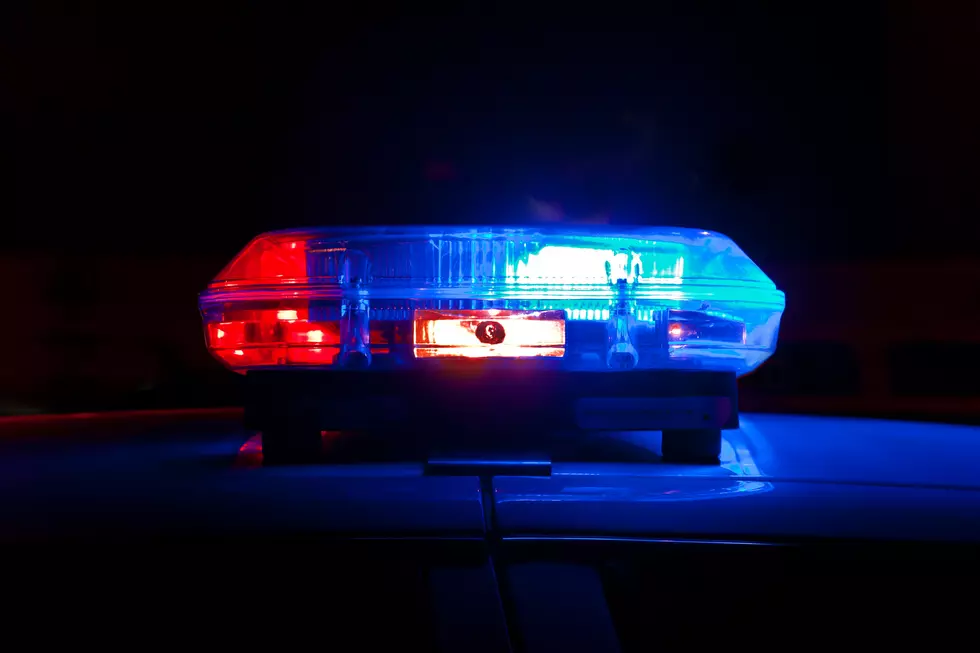![How Do Blanks from a Gun Injure People? [GRAPHIC]](http://townsquare.media/site/29/files/2017/08/Handgun-and-Bullets-iStock-e1437249120363.jpg?w=980&q=75)
How Do Blanks from a Gun Injure People? [GRAPHIC]
The recent news involving a prop gun on a movie set has people asking, "How do blanks from a gun injure people?" Here are a couple of explanations of what may have happened.
At this time, an explanation of what actually happened on the movie set of "Rust" hasn't been released. As you may have heard, Alec Baldwin was using a movie prop, a gun, on the set. The gun discharged, killing Halyna Hutchins, a cinematographer, and injuring the director, Joel Souza.
The first (possible) explanation is the most simple: the wrong cartridges were loaded into the gun. It is possible that real bullets were loaded into the gun instead of blanks.
The second (possible) explanation requires an understanding of how blank cartridges work. The short of it is this: blank cartridges work the exact same way real cartridges work, except they don't have a bullet.
Many people who use the word "bullet" when referring to a round that gets loaded into a firearm are using that term improperly, as they are actually talking about the whole cartridge. A bullet is merely one component of a cartridge.
A cartridge is made up of 4 things:
- casing
- primer
- propellant
- projectile (bullet)
The casing is a cylindrical metal tube. On the bottom of that tube is the primer. Inside that casing is the propellant (gunpowder). At the top of the casing is the projectile (bullet).
When a weapon is fired, the firing pin strikes and ignites the primer and, in turn, the primer ignites the propellant (gunpowder), the force of which pushes the projectile (bullet) out of the casing and, eventually, out of the barrel.
A blank cartridge is built EXACTLY like a real cartridge, with one exception: instead of a bullet, there is wadding (or a cap). The wadding or a cap is used to keep the gunpowder in the casing. This wadding, which can be made of paper or plastic, flies out when the blank cartridge is fired.
This graphic from The Times shows the similarities and differences between a real cartridge and a blank cartridge.
One of the very first things someone is taught at a firearms safety course is this: ANYTIME you handle a firearm it is to be treated as if it is loaded. A gun should be kept pointed in a safe direction at all times in case it accidentally discharges. This basic tenet should hold for any weapon, even if it is loaded with blanks.
When you fire a weapon loaded with live cartridges, the bullet exits the barrel and travels until it strikes something or loses velocity and drops to the ground.
When you fire a weapon with blanks, the wad WILL EXIT THE BARREL. At close range, this could be deadly. At medium range, this could injure someone. At a distance, the wadding would lose velocity much sooner than a bullet, due to its weight and shape (wadding is very light and not very aerodynamic).
In addition to the wad becoming a projectile, hot gases, burning gunpowder, and other particles exit the barrel. If fired at close range, the gases, gunpowder, and ultra-hot particles can leave severe burns.
Here is a video showing the damage a blank cartridge can cause:
We still don't have official word yet on whether the rounds in the firearm Alec Baldwin used on that movie set were blanks or live ammunition.
Our thoughts are with Joel Souza and Alec Baldwin, and with the family and friends of Halyna Hutchinson.
&CHAR(34)&(C158)&CHAR(34)&
CHECK IT OUT: The Best Movie Character Names of the 1980s
LOOK: A history of Black representation in movies
More From 99.9 KTDY
![TSA Officials Find Gun Hidden in Raw Chicken [PHOTO]](http://townsquare.media/site/34/files/2022/11/attachment-GettyImages-865881760.jpg?w=980&q=75)








